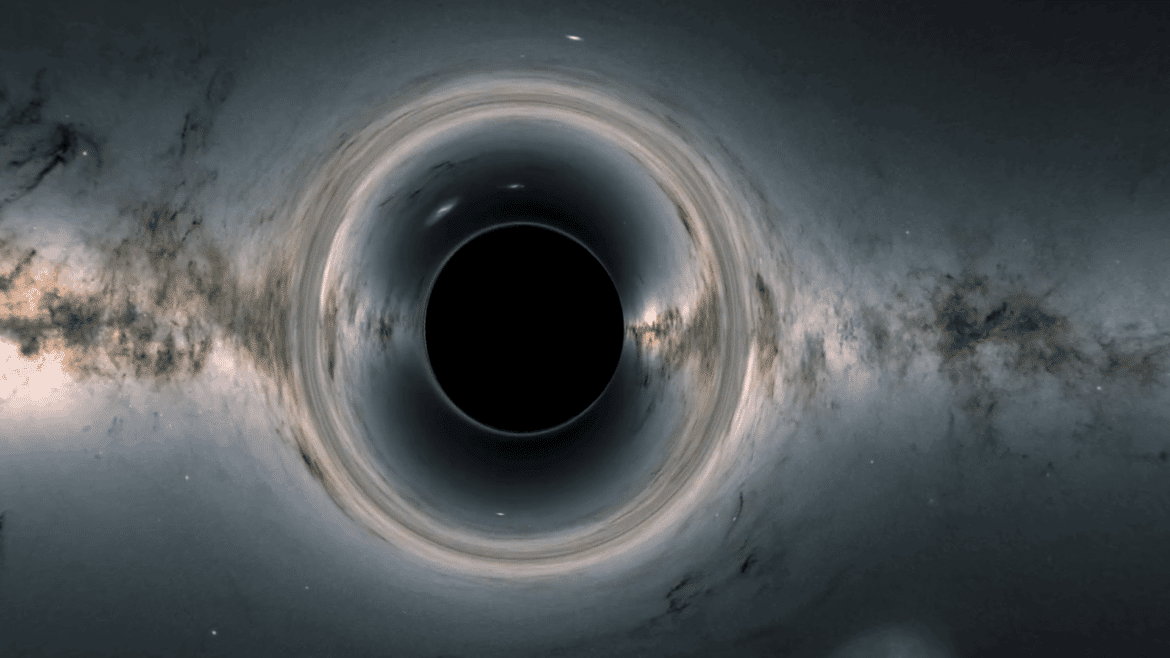1.9K
Find out here how big a black hole is and which huge specimen is located very close to our solar system. Black holes are considered a special astronomical phenomenon. There are many myths surrounding these interstellar objects.
How big a black hole is – the answer is surprising
Black holes are objects of unimaginably large mass concentrated into a very small volume. Because the objects are enormously compact, they exert such a strong gravitational pull on their surroundings that not even light can escape their attraction. The outer boundary of a black hole is called the event horizon; once objects get beyond it, there is no escape for them.
- Black holes are surprisingly small compared to the rest of the universe, but enormously massive.
- The Milky Way has a diameter of around 100,000 light years. At its centre is the black hole Sagittarius A* with a diameter of just 24 million kilometres. So compared to our Glaxaxy, it is very small.
- If you imagine the Milky Way to be the size of Germany, Sagittarius A* would only have the diameter of a grain of sand in comparison.
- In the entire universe, there are probably black holes that have millions to billions of times the mass of our sun. Although the objects are relatively small, they are often found at the centre of galaxies. Some researchers suspect that black holes may even be the nuclei for galaxies.
Black holes in the Milky Way
In addition to Sagittarius A*, other, smaller black holes are suspected to exist in our galaxy.
- Sagittarius A* in the centre of the Milky Way has 4.3 million solar masses and is therefore very massive.
- There are probably another 10,000 to 20,000 smaller black holes orbiting the centre of our home galaxy. Most of these weigh only a few solar masses.
- Three light years away from Sagittarius A* lies another black hole with 1300 solar masses. This could merge with Sagittarius A* or orbit it.
- The fastest growing known black hole is called J2157. It weighs 34 billion suns and gobbles up an amount of matter equal to our sun every day.

